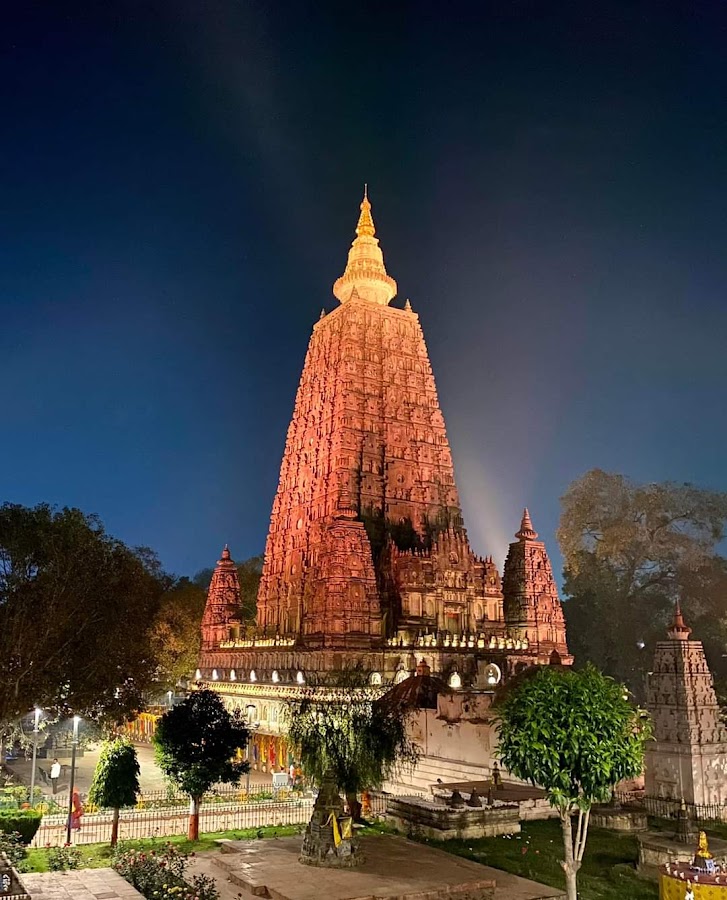
Mahabodhi Temple
Bodh Gaya, India
- Attend a prayer session
- Explore the temple complex
- Learn about Buddhist history
- Meditate under the Bodhi tree
- Photography of the architecture
- Visit the sacred pond
Known for:
Description:
The Mahabodhi Temple, a UNESCO World Heritage Site, is a sacred Buddhist temple in Bodh Gaya, marking the spot where Siddhartha Gautama attained enlightenment and became the Buddha. The temple's architecture is a magnificent blend of ancient and modern styles, featuring a towering pyramidal spire, intricate carvings, and the sacred Bodhi tree descended from the original tree under which Buddha meditated. Pilgrims and tourists alike visit this peaceful sanctuary to experience its spiritual ambiance, engage in meditation, and learn about Buddhist history and philosophy. The complex includes various stupas, shrines, and a meditation garden, providing a serene and contemplative atmosphere.
History:
The Mahabodhi Temple's history dates back to the 3rd century BCE when Emperor Ashoka built the first temple at the site. The current temple structure was constructed primarily during the Gupta period (5th-6th century CE) and has undergone several restorations and renovations over the centuries. The Bodhi tree, a direct descendant of the original tree under which Buddha attained enlightenment, is a focal point of the complex. The site has been a major pilgrimage destination for Buddhists worldwide for centuries, and its historical significance makes it a crucial place for understanding the origins of Buddhism and its propagation.